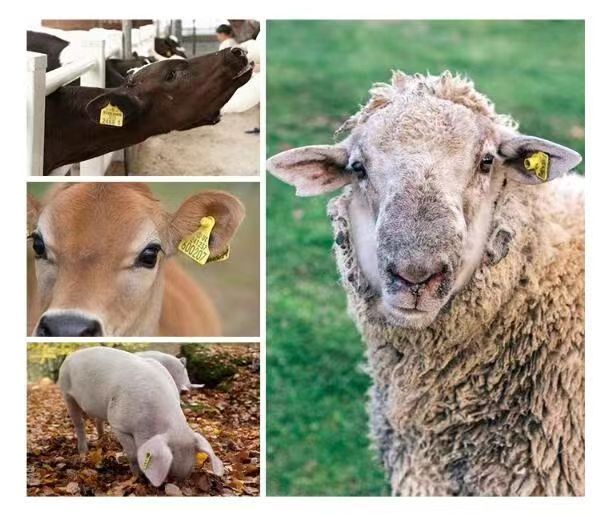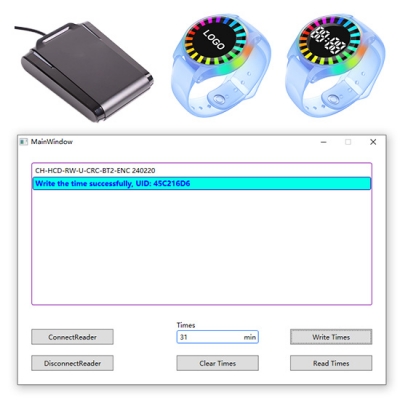
According to the new rule, all cattle within the specified types and age categories are required to wear an ear tag with both visual identification and an electronic RFID chip. These RFID animal tags not only have visual readability but, more importantly, enable quick and accurate electronic retrieval of animal information. This means that relevant departments can swiftly obtain the identity information of animals when they move through farms, processing facilities, markets, and other locations, allowing for better tracking and management. The use of RFID tags brings numerous advantages. Firstly, it enhances the efficiency of animal identification, reducing errors and interference associated with manual data entry. By electronically retrieving tag information, animal health officials can obtain the necessary data faster, thus enabling more effective monitoring and management of livestock health. Secondly, RFID tags for livestock facilitate disease prevention and control. When a disease is detected, veterinarians and animal health officials can promptly trace the whereabouts of infected animals, identify the source of the disease, and take effective measures to contain its spread. This not only reduces the impact of diseases on farms and animals but also mitigates economic losses, thus contributing to the stable development of the livestock industry.

However, the implementation of the new rule also requires certain considerations from farmers. Firstly, they need to ensure that the RFID Livestock Ear Tags they use comply with APHIS's approval requirements and are applied to cattle within the designated time and manner. Secondly, the animal information stored in RFID tags needs to be adequately protected to prevent leakage and misuse. Additionally, for cattle that have already been tagged with official tags containing only visual identification, producers may not need to affix electronically readable tags to those animals before the effective date of the regulation. However, this transition arrangement might vary depending on the region and specific circumstances, so farmers should closely monitor relevant notices and regulations.
The Animal Committee of Minnesota states that the implementation of the new rule will contribute to improved livestock traceability and disease control capabilities, providing a strong guarantee for the sustainable development of the livestock industry. Moreover, the committee will strengthen guidance and training for farmers to ensure their compliance with the new rule's requirements. Farmers should actively respond to this measure, enhance self-management and supervision, and collectively promote the healthy development the livestock industry.














